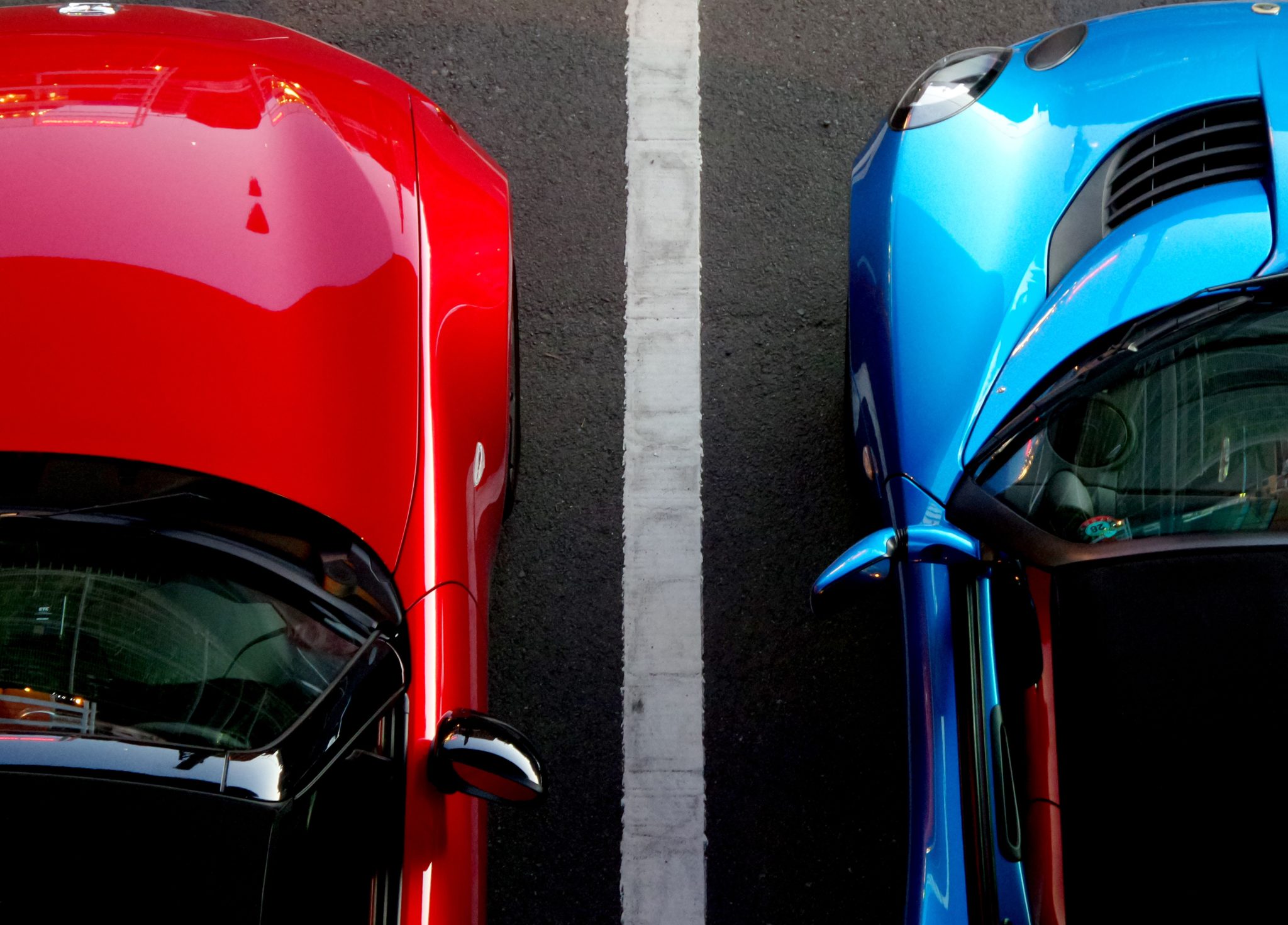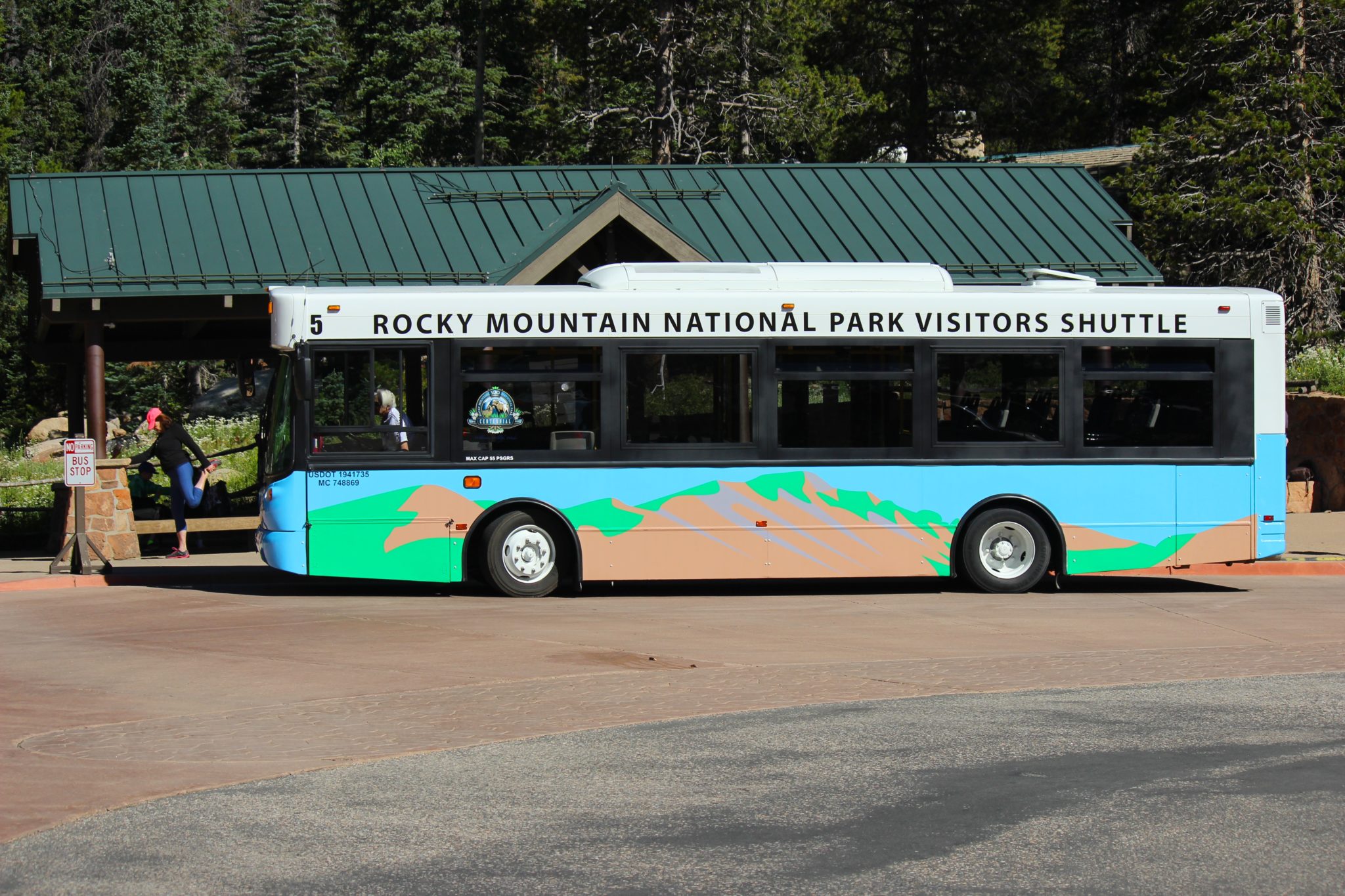As the decade’s progress, it seems like cars are getting more and more lightweight. And although it’s tempting to equate weight with durability, lighter does not necessarily mean more fragile.
1. Metals have changed :
When you think of old cars, you probably think about hard, durable steel. Those old cars were built a lot more like tanks than the modern vehicle. And while it’s true that the cars of a bygone era were made of durable steel, the steel of today is even stronger.
In the early part of this decade, the most steel used for automobiles clocked in at 500 megapascals. The steel of today measures around 1,500 megapascals. To create the complex shapes we’re seeing in modern vehicles, it’s stamped hot and then cooled quickly.
Advances in steel and the addition of other materials, such as aluminum, carbon fiber, and magnesium, help to dissipate and redirect crash forces. Stronger materials and crumple zones make cars of today stronger than ever.
2. Crash tests are more advanced :
Do you remember the crash test dummies of the ’80s? Well, let’s say those guys have been through the wringer. As safety features have increased, so have the crash tests.
The National Highway Traffic Safety Administration began crash testing cars in 1979. At the start, they were basically ramming cars into barriers. Today, they have far more advanced methods that include virtual simulations and auto prototypes.
More advanced crash tests can find flaws in a vehicle’s safety features, so the manufacturer can continue making improvements before they bring the car to market.
3. Crash avoidance is a thing :
New technological advancements allow the vehicle to take over in cases where the driver may not react quickly enough. Lane-keep assist, automatic braking and blind-spot monitoring all help to keep the car out of harm’s way.
In a modern car, if you fall asleep at the wheel, the car may keep you on track. This can avoid countless accidents.
4. Belts and airbags are better :
Are you old enough to remember when cars only had lap belts? Much like the rest of the car, seat belts and airbags have continued to improve throughout the years. Now, three-point belts are standard and there are airbags for every spot in your car. There are side-curtain airbags, knee bags, and even inflating seatbelts that can spring into action depending on the intensity of the crash.
5. Crumple zones improve safety :
The first car produced with crumple zones was the Mercedes 220. Upon impact, the vehicle would crumple in a way so as to absorb the energy of the crash. Today, all cars feature crumple zones to improve safety. The crumple zone is an area that’s likely to experience impact, and it crumples to lessen the impact felt throughout the vehicle.
Crumple zones are created with a mix of different metals, including steel and softer metals like aluminum. If you’re in an accident, your car may experience a lot of exterior damage, but you are more likely to walk away from the crash.
6. Cars can talk to each other :
Auto manufacturers are testing out technologies that will allow vehicles to communicate with each other. Imagine a scenario where your car can relay speed and braking information to the car behind you. You see a squirrel and slam on the brakes unexpectedly. In this exact moment, the person behind you takes a long sip of their coffee. They didn’t see your brake lights, but no worries because your car sent the message to their car. Their car automatically puts on the brakes to avoid an accident. Although this is future technology, it’s a great example of how cars are evolving to become safer.
In addition to all the technological advancements, superior warranty conditions on modern cars are helping us keep them better maintained. So, if you’re in the market for a new vehicle, you’re in luck. Cars have never been safer than they are today.
Read Also :






















